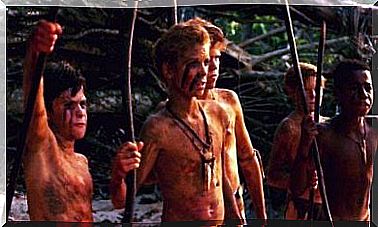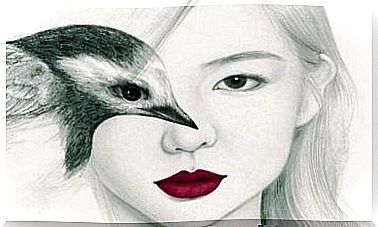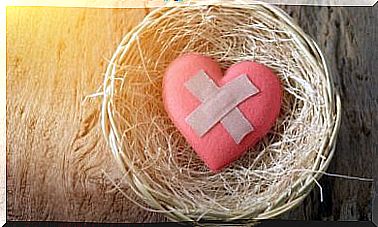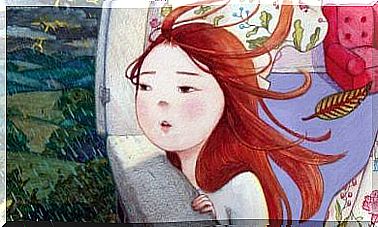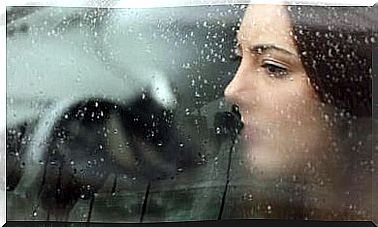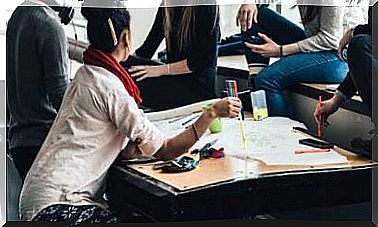Francisco De Goya: Biography Of A Spanish Painter
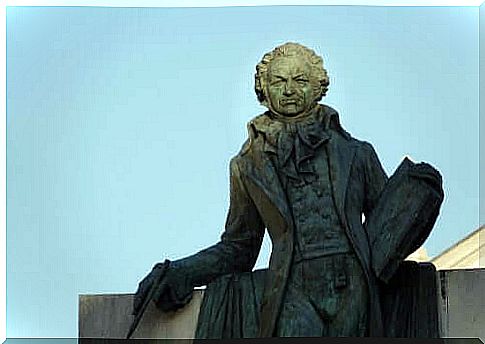
Francisco de Goya was a Spanish painter famous for his portraits. He was a favorite of the Spanish nobility, which led to a large number of commissions. His portraits were personal and realistic. He did not embellish his subjects, but always maintained a naturalistic style.
Art historians consider Goya to be the best Spanish painter of the late 18th and early 19th centuries. As a result, his portraits, paintings, prints and murals marked the beginning of the era of contemporary painting.
Early childhood and youth
Francisco José de Goya y Lucientes was born on March 30, 1746 in Fuendetodos, Spain. His father, José Benito de Goya y Franque, was a master painter of Basque origin. His mother, Gracia de Lucientes Y Salvador, came from an agricultural family.
When he was still young, his family moved to Zaragosa. Just a few years later, when he was 14 years old, Goya went to work as an apprentice to the painter José Luzan. There he learned how to paint by imitating the great masters for the first four years. This was a common teaching method at the time.
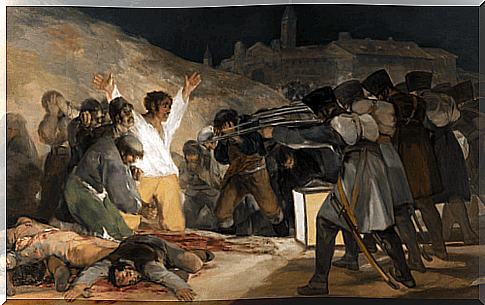
Later, Goya moved to Madrid to study with the German painter Anton Raphael Mengs. Despite his education, his art was still quite primitive. Goya tried to enter the San Fernando Royal Academy of Fine Arts in 1763 and 1766, but was rejected both times.
In 1771 he moved to Rome, where he reached the final of a painting competition. He returned to Zaragoza to work on several projects, but only stayed there for a short time. A few years later, Goya studied with Francisco Bayeu y Subias and eventually gained some recognition as a painter.
Francisco de Goya’s professional life begins
In 1774, Goya’s friendship with Francisco Bayeu provided a way into the royal studios, then under the care of Master Mengs. This year was decisive in the painter’s life as his paintings became more solid and original.
In the royal studios, his job was to paint tapestries for the Royal Tapestry Factory. This work became a real boon to Francisco de Goya’s artistic development.
In the five years that followed he completed more than 60 paintings. His scenes were representations of everyday life. Some of his prints were used to decorate the royal Spanish residences in San Lorenzo del Escorial and in El Pardo.
Francisco de Goya’s star rose very quickly in the Spanish court. In 1779 he was appointed royal court painter and in 1780 was elected a member of the Royal Academy of Arts.
In March 1785, Goya was appointed deputy director of painting at the San Fernando Academy. He eventually earned the title of Painter of the King in 1786 , although he was still very young.
Members of the royal community came to recognize Goya as a talented portrait painter. In no time he painted portraits of the Count of Floridablanca, the Crown Prince Don Luis and the Duke and Duchess of Osuna. Goya thus earned his reputation as a portrait painter.
Work and style of Francisco de Goya
Goya painted a series of masterpieces that reflect his style and distinctive talent. Among his most famous works are The Black Paintings, The Naked Maja and The Clothed Maja. Experts consider the Maja works to be Goya’s masterpieces because of the story about the paintings, as well as the paintings themselves.
It is important to note that The Naked Maja was the first painting in history to show a woman’s pubic hair. This was really scandalous at the time.
In 1815, this portrait got Goya into trouble during the Inquisition. Fortunately, he managed to avoid further problems thanks to the intervention of powerful people in his environment.
Historians believe that his paintings titled The Disasters of War from 1810 depict the May 2 uprising. The uprising took place in 1808 and led to the Spanish War of Independence of 1808-1814.
In 1814, the battles inspired him to paint May 3rd, 1808 and May 2nd, 1808 (also known as Attack of the Mamluks). These paintings show the horror of this war between Spain and France with the resulting loss of life.
His paintings had a significant influence on the 20th-century artists who followed him. He had a special influence on Pablo Picasso, Paul Cezanne, Edgar Degas, Francis Bacon and Édouard Manet.
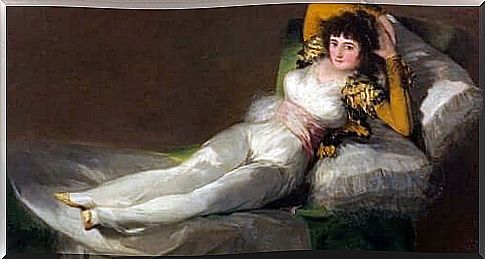
The Goya’s Private Life and His Legacy
In June 1773, Goya married Josefa Bayeu y Subias, the sister of his art professor. Only one of their children, their son Xavier, survived. He later married Leocadia Weiss, with whom he had a daughter named Maria del Rosario Weiss.
In 1793, when he was 47 years old, Goya contracted an illness that would affect his personal and professional life. No one knows for sure what he had contracted, but it developed quickly. It took Goya almost two years to recover, but the illness left him completely deaf.
Many historians believe that this disease marked the beginning of his black period. His illness also coincided with his most imaginative work. In 1819 he moved to a suburb of Madrid, where he bought a house along the Manzanares.
He called this house Quinta del Sordo (Villa of the Deaf). However, he did not stay there long. In 1824 he moved to Bordeaux and then to Paris.
He returned to Spain in 1826 but returned to Bordeaux shortly afterwards. In April 1828, while still in France, he suffered a stroke and died at the age of 82. He was buried in Bordeaux in the San Isidro cemetery. His remains were exhumed and re-interred in the Ermita de San Antonio de La Florida in Madrid, in 1919.
Several films have been made about his life, such as The Naked Maja (1958), Goya in Bordeaux (1999), The Ghosts of Goya (2006) and the documentary Goya: as mad as a Genie (2012).
